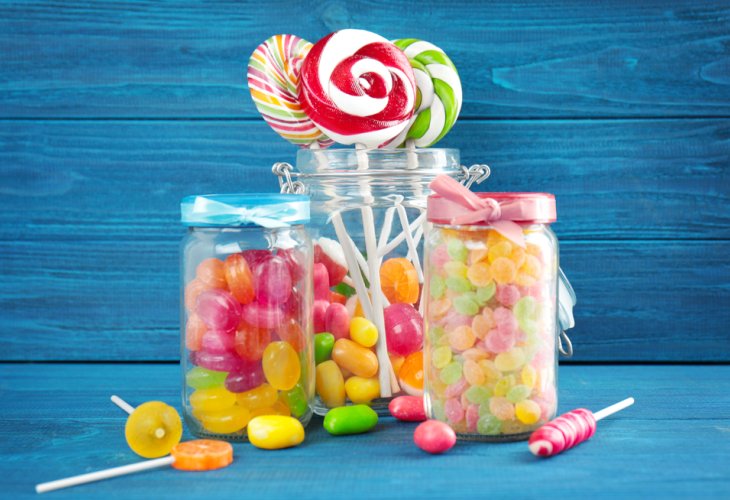Sweet for Some, Sour for Others: On Sweets and What's Inside Them
Discover the hidden ingredients in candies and gums, and which sweets you might want to enjoy occasionally.
 (Photo: shutterstock)
(Photo: shutterstock)Between a national lockdown and a nighttime lockdown, perhaps all we have left is to find comfort and joy in sweets. Let's get to know them.
Don't Be Hypocritical
Candies: No good will come from them. And I'm not just talking about dental health, but also what happens once they travel down into your digestive system. They are primarily made of sugar or its synonyms: glucose and dextrose. Additionally, they contain various colors, some derived from coal tar. Therefore, either consume candies marketed as vitamins, which contain natural food coloring, or make homemade candies from natural juice, fruits, and agar agar flakes. It's worth a try!
A Chewed Topic
Gum: It contains a lot of sugar that can stick to your teeth, but even when the gum package states "sugar-free," each gum unit (a strip wrapped in aluminum foil) still packs 3.14 calories. The calories in gum originate from sugar alcohols such as sorbitol, xylitol, mannitol, or maltitol. These are types of sugars that sweeten the gum, but only sixty percent of them are absorbed by our bodies. "Sugar-free" gum provides sweet taste for about seven minutes, after which you are either chewing tasteless gum or reach for a new piece.
 (Photo: shutterstock)
(Photo: shutterstock)Lucky Fish
Marshmallow: It contains sugar, glucose, and either white or pink food coloring, along with gelatin, which is a substance derived from fish bones. The manufacturers crush the bones into powder, so once the marshmallow cools at the factory, the gelatin maintains its stability.
 (Photo: shutterstock)
(Photo: shutterstock)Good Name Is Better Than Good Oil
Granola Bars: Also known as "health bars." Don't be fooled; read the ingredients list on the packaging. Choose those with the least sugar and sodium (salt) and the most dietary fibers.
Almond Blossom
Marzipan: Made from sugar, ground almonds, and glucose. This means it is not a healthy food, but it is definitely a healthy candy. You can eat marzipan coated in regular chocolate or carob chocolate. Just don't ruin it by eating marzipan with food coloring.
Puffed Up
Shalwa: Made from durum or amber wheat kernels, or rice. The manufacturer heats the kernels, causing them to puff. Then, they are coated with either white sugar (less preferable), brown sugar, or honey (better). If you find shalwa with food coloring, leave it at the store.
The Calcium Queen
Halva: Ensure it contains at least 50% sesame and a bit of whole sesame (rich in calcium). Additionally, it contains sugar syrup, saponin root, which is a plant root that helps stabilize the halva, as well as synthetic vanilla extract and palm oil. It doesn't contain food coloring, which is great. Indulge in a small piece.
 (Photo: shutterstock)
(Photo: shutterstock)Superpowers
Chocolate: Cocoa is considered a superfood, meaning it is rich in nutrients that benefit our health. It earned this honorable title due to its high concentration of antioxidants (substances that strengthen our immune system) known as polyphenols, catechins, and epicatechins, the highest among all foods. Therefore, choose chocolate with the highest cocoa percentage.
Want to learn more? Purchase the lecture series "Growing Healthy" taught by naturopath Sarah Bar Asher, in the Jewish Campus of Hidabroot.
Sarah Bar Asher is a naturopath and lecturer on nutrition and the food industry. Barasher@zahav.net.il

